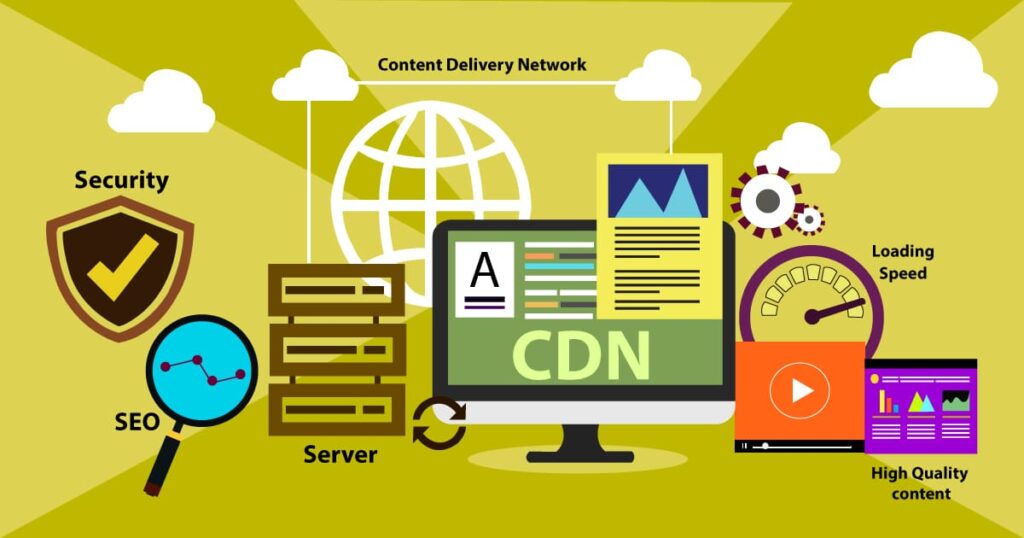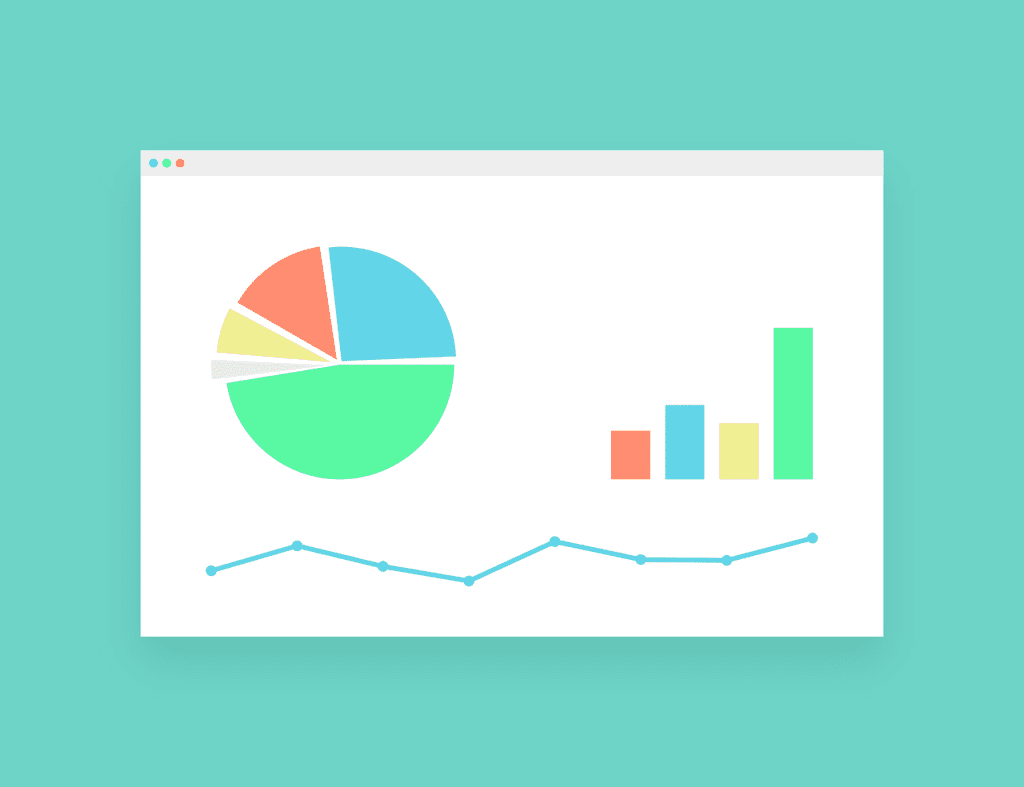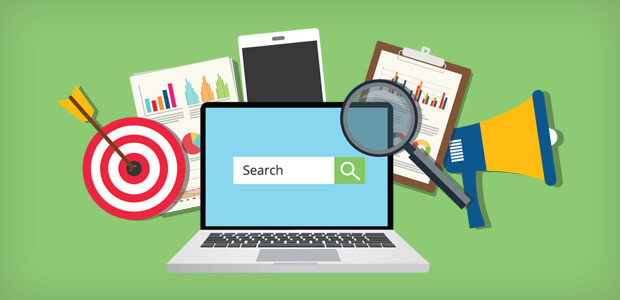When it comes to running your online store, there are bound to be bumps in the road. From software bugs to network issues, there are bound to be days when you don’t feel like your store is going to cave in and give out.
However, as long as you have the right SEO strategy in place, your store will continue to remain afloat. If you’re just getting started with your eCommerce store, it’s likely you’re not quite sure what you’re doing.
That’s why we’ve put together this article on Shopify SEO strategy. It lists all the details you need to know about optimizing your online store for SEO.
What Is eCommerce SEO?
eCommerce SEO is the process of optimizing your Shopify store to rank higher in search engine results pages (SERPs). It is not only a crucial part of the overall eCommerce strategy but also the foundation of any long-term success of your business.
As your Shopify store becomes more popular, you will start to notice an increase in inquiries from potential customers. To retain these potential customers, you will have to provide them with better and relevant products.
Optimize Your Store’s Structure
A well-optimized store structure will ensure your customers stay within your portal and gain access to the products you have for sale. This will also ensure you continue to make a profit online.
The best eCommerce store designs are those that allow customers to easily find what they’re looking for. These are called “narrative pages”.
They have clear calls-to-action (CTA) buttons and help your customers find what they’re looking for. You don’t have to limit yourself to just one page in your store. You can have as many narrative pages as you like. Each one should be optimized for a specific audience.
Site-Speed Optimization
First and foremost, the speed of your website is an indicator of how much traffic you are getting. If your visitors can’t quickly navigate to your products or aren’t able to find them, they are less likely to shop from your site.
There are a number of factors that can affect the speed at which your site loading. These include your server load, the size of your database, and the state of your internet connection.
According to a study, the average website loads at 1.4 seconds. If your visitors have to wait for more than a second for your products to show up on your site, then they aren’t going to be satisfied customers. To boost the speed of your site, you can use CDN, Caching, and Enable compression.
Optimize Your Store’s Product Pages
The products you choose to sell will ultimately determine the number of sales you receive. That’s why it’s critical to your store’s success to optimize the page where your products are listed.
To increase the chances of your products showing up in search results, you want to make sure they are as attractive as possible. That’s where product images come into play.
Product images should be as large as possible. Ideally, they should be at least twice as large as the text on your product pages. When it comes to the image itself, you want it to be as eye-catching as possible.
There are a number of things you can do to make your product images stand out. These include: Using alt text, Including keywords, using relevant stock photos, and keeping the image resolution high. Use multiple images for different features of your store such as product variations, and price breaks.
Image Optimization
To optimize your Shopify store for SEO you need to ensure that your images load correctly. If your store uses some software that’s not up to date with the latest SEO guidelines, then your images may appear blurry or out-of-date when they’re actually optimized.
Similarly, your images need to be able to scroll properly on mobile devices. This is crucial for making your store mobile-friendly.
Competitor Analysis
When it comes to optimizing your Shopify store, you will have to look no further than your competitors. It’s important to understand the types of content your competitors are featuring on their store(s) so you can avoid hitting your store with similar content.
In other words, you need to know your competitors so well that you can out-rank them. You can take a look at the search volume for your keywords and see where your competitors are getting traffic from. If you can out-rank them, you’ll notice your competitors’ traffic will be negatively impacting your search volume.
Research Your Target Keywords
When it comes to optimizing your Shopify store, you will have to know your target keywords so well that you can easily outrank them.
This is because your target keywords are the key to driving traffic to your online store. When you’re able to rank higher for your keywords, your visitors will come to your online store.
Not only will they be able to purchase the products you sell, but they will also be able to find you and your brand name in an easy way.
Build Links to Your Store
One of the most important things you can do for your store’s SEO is to build links to your store’s competitors. This will help you get more impressions from search engines
And increase the chances that people will click through to your store. You can do this by creating articles, creating social media profiles, or even simply linking to other stores in your industry.
Minimize User Frustrations
eCommerce platforms aren’t the only places where you have problems when it comes to SEO. When it comes to user frustrations like poor shopping cart performance, there are tools that can help you out.
While Shopify doesn’t provide a built-in SEO solution, there are ways you can minimize the frustration your customers experience when shopping in your store.
Make your checkout process as efficient as possible. This can be done by using your platform’s features to remove fields that your customers have to fill in.
For example, on Shopify, customers can’t just “add to cart” they have to go through a convoluted checkout process. This process involves a lot of frustration and clicks for no reason other than having to go through a few more steps to complete your sale.
You can prevent this by adding “add to cart” to your checkout process. This will take users through a quick, painless checkout process. Use the right tools for the right job.
Shopify’s SEO tools aren’t the most user-friendly. If you don’t use an SEO tool, you’ll need to be quite seasoned to use them well. This can be a problem for new businesses as they may not know how to use the tools effectively.
Rank Higher With Content Marketing
One of the best ways to boost your Organic Search results and bring more traffic to your door is to use content marketing. By marketing your products and creating useful content for your audience, you can increase your visibility in search results.
This will likely result in more sales, which in turn will result in even more content. You can create blog posts, make videos, and create eBooks to bring your business to life.
The race to the top is a constant struggle in the eCommerce world. It’s easy to get overwhelmed by the competition and forget about the importance of keyword research and building links to your store. By following these tips, you’ll be well on your way to optimizing your online store for SEO.
















